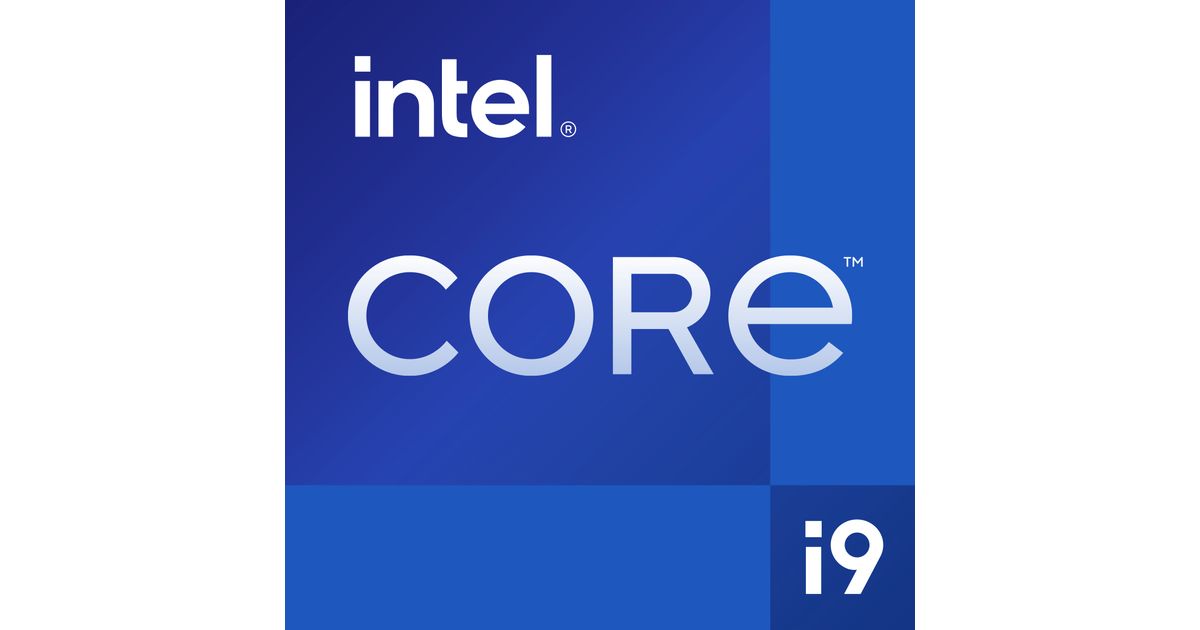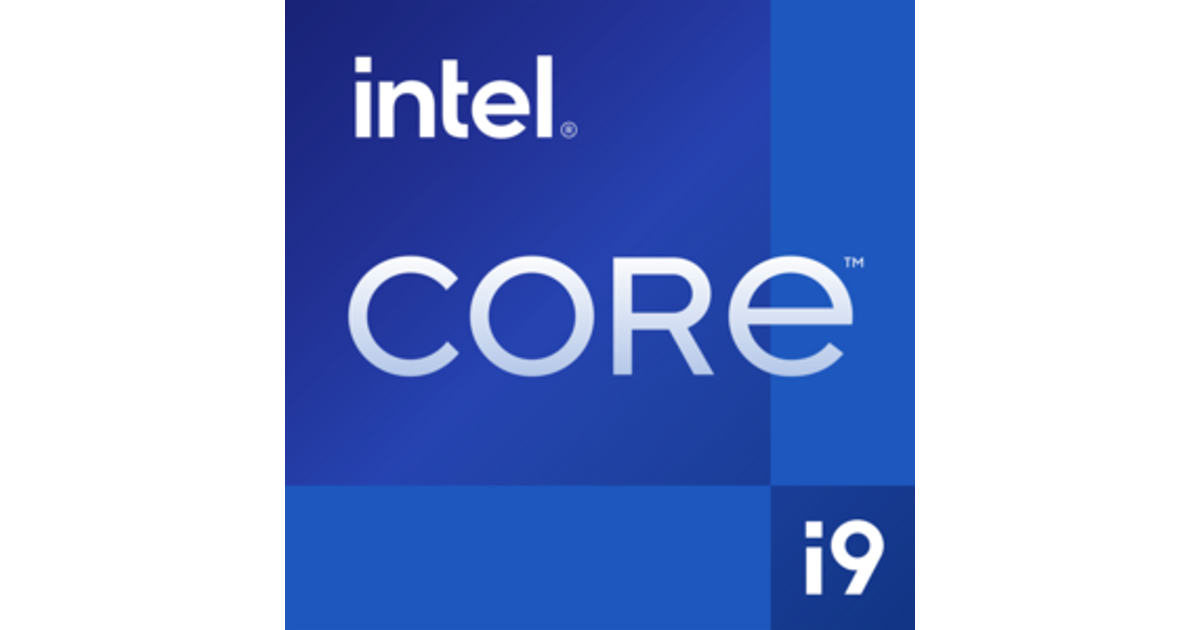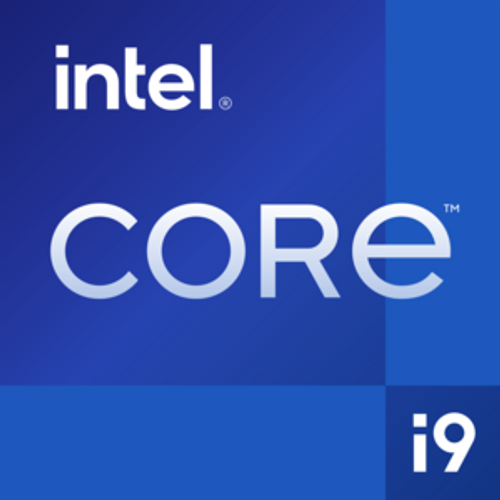For illustrative purpose only
Intel Core i9-13900T processor 36 MB Smart Cache
Intel Core i9-13900T, Intel® Core™ i9, LGA 1700, Intel, i9-13900T, 64-bit, 13th gen Intel® Core™ i9
Read more...
Read more...
Product Information
| Information | |
|---|---|
| Manufacturer | Intel |
| Product code | 167833788 |
| Manufacturer part number | CM8071504820403 |
| Category | Processors |
| Processor | |
|---|---|
| Processor family | Intel® Core™ i9 |
| Processor cores | 24 |
| Processor socket | LGA 1700 |
| Box | N |
| Processor manufacturer | Intel |
| Processor model | i9-13900T |
| Processor operating modes | 64-bit |
| Processor generation | 13th gen Intel® Core™ i9 |
| Processor threads | 32 |
| Performance cores | 8 |
| Efficient cores | 16 |
| Processor boost frequency | 5.3 GHz |
| Performance-core boost frequency | 5.1 GHz |
| Performance-core base frequency | 1.1 GHz |
| Efficient-core boost frequency | 3.9 GHz |
| Efficient-core base frequency | 800 GHz |
| Processor cache | 36 MB |
| Processor cache type | Smart Cache |
| Processor base power | 35 W |
| Maximum turbo power | 106 W |
| Stepping | B0 |
| Maximum number of DMI lanes | 8 |
| Processor codename | Raptor Lake |
| Maximum internal memory supported by processor | 128 GB |
| Maximum number of PCI Express lanes | 20 |
| PCI Express slots version | 4.0, 5.0 |
| PCI Express configurations | 1x16+1x4, 2x8+1x4 |
| Tjunction | 100 °C |
| Memory | |
|---|---|
| Memory channels | Dual-channel |
| Memory types supported by processor | DDR4-SDRAM, DDR5-SDRAM |
| ECC | Y |
| Memory bandwidth (max) | 89.6 GB/s |
| Graphics | |
|---|---|
| On-board graphics adapter | Y |
| Discrete graphics adapter | N |
| On-board graphics adapter model | Intel UHD Graphics 770 |
| Discrete graphics adapter model | Not available |
| On-board graphics adapter outputs supported | Embedded DisplayPort (eDP) 1.4b, DisplayPort 1.4a, HDMI 2.1 |
| On-board graphics adapter base frequency | 300 MHz |
| On-board graphics adapter dynamic frequency (max) | 1650 MHz |
| Number of displays supported (on-board graphics) | 4 |
| On-board graphics adapter DirectX version | 12.0 |
| On-board graphics adapter OpenGL version | 4.5 |
| On-board graphics adapter maximum resolution (DisplayPort) | 7680 x 4320 pixels |
| On-board graphics adapter maximum resolution (eDP - Integrated Flat Panel) | 5120 x 3200 pixels |
| On-board graphics adapter maximum resolution (HDMI) | 4096 x 2160 pixels |
| On-board graphics adapter refresh rate at maximum resolution (DisplayPort) | 60 Hz |
| On-board graphics adapter refresh rate at maximum resolution (eDP - Integrated Flat Panel) | 120 Hz |
| On-board graphics adapter refresh rate at maximum resolution (HDMI) | 60 Hz |
| On-board graphics adapter ID | 0xA780 |
| Number of execution units | 32 |
| Multi-Format Codec Engines | 2 |
| Processor special features | |
|---|---|
| Execute Disable Bit | Y |
| Idle States | Y |
| Thermal Monitoring Technologies | Y |
| Supported instruction sets | AVX 2.0, SSE4.1, SSE4.2 |
| CPU configuration (max) | 1 |
| Embedded options available | N |
| Intel® Hyper Threading Technology (Intel® HT Technology) | Y |
| Intel® Turbo Boost Technology | 2.0 |
| Intel® Quick Sync Video Technology | Y |
| Intel® Clear Video HD Technology (Intel® CVT HD) | Y |
| Intel® AES New Instructions (Intel® AES-NI) | Y |
| Enhanced Intel SpeedStep Technology | Y |
| Intel Trusted Execution Technology | Y |
| Intel® Speed Shift Technology | Y |
| Intel® Turbo Boost Max Technology 3.0 frequency | 5.3 GHz |
| Intel® Gaussian & Neural Accelerator (Intel® GNA) 3.0 | Y |
| Intel® Control-flow Enforcement Technology (CET) | Y |
| Intel® Thread Director | Y |
| Intel VT-x with Extended Page Tables (EPT) | Y |
| Intel® Secure Key | Y |
| Intel® OS Guard | Y |
| Intel 64 | Y |
| Intel Virtualization Technology (VT-x) | Y |
| Intel Virtualization Technology for Directed I/O (VT-d) | Y |
| Intel Turbo Boost Max Technology 3.0 | Y |
| Intel® Boot Guard | Y |
| Intel® Deep Learning Boost (Intel® DL Boost) | Y |
| Intel® Volume Management Device (VMD) | Y |
| Mode-based Execute Control (MBE) | Y |
| Intel® Standard Manageability (ISM) | Y |
| Processor package size | 45 x 37.5 mm |
| Features | |
|---|---|
| Market segment | Desktop |
| Use conditions | Workstation, PC/Client/Tablet |
| Scalability | 1S |
| Direct Media Interface (DMI) Revision | 4.0 |
| Harmonized System (HS) code | 8542310001 |
| Performance | |
|---|---|
| Export Control Classification Number (ECCN) | 5A992C |
| Commodity Classification Automated Tracking System (CCATS) | 740.17B1 |
| OpenCL version | 3.0 |
| Other features | |
|---|---|
| L2 cache | 32768 KB |
| Launch date | Q1'23 |
| Graphics output | eDP 1.4b, DP 1.4a, HDMI 2.1 |
Product Description
Intel® Gaussian & Neural Accelerator
Intel® Gaussian & Neural Accelerator (GNA) is an ultra-low power accelerator block designed to run audio and speed-centric AI workloads. Intel® GNA is designed to run audio based neural networks at ultra-low power, while simultaneously relieving the CPU of this workload.
Intel® Deep Learning Boost (Intel® DL Boost)
A new set of embedded processor technologies designed to accelerate AI deep learning use cases. It extends Intel AVX-512 with a new Vector Neural Network Instruction (VNNI) that significantly increases deep learning inference performance over previous generations.
Intel® Turbo Boost Max Technology 3.0
Intel® Turbo Boost Max Technology 3.0 identifies the best performing core(s) on a processor and provides increased performance on those cores through increasing frequency as needed by taking advantage of power and thermal headroom.
Intel® Gaussian & Neural Accelerator (GNA) is an ultra-low power accelerator block designed to run audio and speed-centric AI workloads. Intel® GNA is designed to run audio based neural networks at ultra-low power, while simultaneously relieving the CPU of this workload.
Intel® Deep Learning Boost (Intel® DL Boost)
A new set of embedded processor technologies designed to accelerate AI deep learning use cases. It extends Intel AVX-512 with a new Vector Neural Network Instruction (VNNI) that significantly increases deep learning inference performance over previous generations.
Intel® Turbo Boost Max Technology 3.0
Intel® Turbo Boost Max Technology 3.0 identifies the best performing core(s) on a processor and provides increased performance on those cores through increasing frequency as needed by taking advantage of power and thermal headroom.





